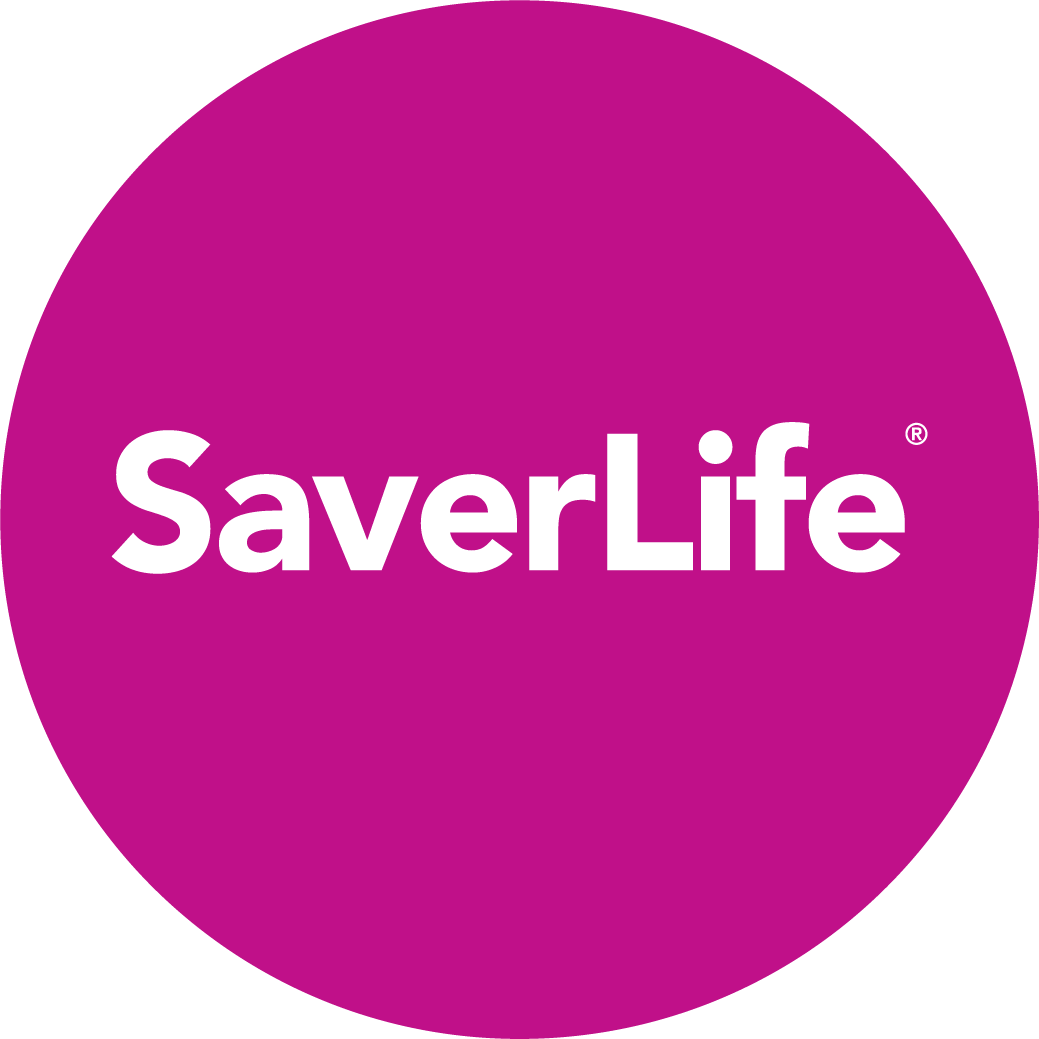Your Path to Homeownership: Essential Programs and Resources for First-Time Buyers

The journey to homeownership is both thrilling and daunting, especially for first-time buyers. With numerous programs and resources available, knowing where to start can feel overwhelming. However, if you understand how to utilize these various tools, homeownership becomes more accessible. This guide provides an overview of essential programs and resources for first-time homebuyers. Whether you’re just starting to explore homeownership or are ready to take the plunge, we’re here to help you move forward confidently.
Featured Programs for First-Time Homebuyers
1. Regional Resources
One of the most valuable places to begin is local and state-specific resources available to first-time homebuyers. Every state and many local governments offer unique programs that cater to regional needs. Often managed through the U.S. Department of Housing and Urban Development (HUD) and the National Council of State Housing Agencies (NCSHA), these programs address local housing market conditions and financial constraints. Some regions offer grants that do not require repayment, while others might provide low-interest loans or subsidies for closing costs. Additionally, local governments may have programs to revitalize specific neighborhoods, giving further incentives for buyers to invest in those areas.
2. FHA Loans
The Federal Housing Administration (FHA) loan program is among the most well-known options for first-time homebuyers. FHA loans make homeownership accessible to a broader range of buyers by offering lower down payment requirements and more lenient credit score criteria than conventional loans. Additionally, FHA loans are assumable, which means that if you sell your home, the new buyer can take over your mortgage under the same terms. This can be a significant selling point for future buyers.
FHA loans also offer streamlined refinancing options, allowing homeowners to lower their interest rates or switch from an adjustable to a fixed-rate mortgage with minimal paperwork. This flexibility can be beneficial if market conditions change or you want to adjust your mortgage terms over time.
3. Lender Locator
Finding the right lender is crucial to securing a favorable mortgage, and the Lender Locator tool is an invaluable resource in this process. This online tool helps homebuyers identify lenders that offer specialized mortgage programs, including those specifically designed for first-time buyers. You can compare different lenders’ rates, terms, and fees to find the best fit for your financial situation. Comparing multiple lenders ensures you get the most competitive terms and interest rates.
4. Good Neighbor Next Door
The Good Neighbor Next Door (GNND) program, administered by HUD, offers significant benefits for certain professionals looking to buy homes in designated revitalization areas. This program provides a 50% discount off the list price of homes in areas identified as needing improvement and redevelopment.
Eligible participants include law enforcement officers, teachers, firefighters, and emergency medical technicians. By offering substantial discounts, the GNND program makes homeownership more affordable for essential workers and supports community revitalization efforts. To qualify, participants must commit to living in the purchased home for at least three years, contributing to neighborhood stability and development.
5. Housing Counseling Services
Housing Counseling Services help first-time homebuyers through personalized assistance and education. Typically offered by non-profit organizations, these services can include a range of support, from pre-purchase counseling to financial literacy education and help with mortgage applications.
Certified housing counselors work with buyers to assess their financial situations, improve credit scores, and develop a realistic budget that accommodates homeownership costs. By taking advantage of housing counseling services, buyers can gain a deeper understanding of the home-buying process, receive tailored advice, and make more informed decisions.
6. HUD Resource Locator
The HUD Resource Locator is a comprehensive online tool that helps you find a wide range of HUD-funded resources and services available in your area. This tool allows you to search for affordable housing options, homebuyer education programs, and local housing agencies offering various assistance. Using the Resource Locator, you can enter your location and the type of assistance you’re seeking to access a directory of relevant resources. You’ll receive information on down payment assistance programs, homebuyer counseling services, and affordable housing options.
7. Indian Home Loan Guarantee Program
The Indian Home Loan Guarantee Program, or Section 184, is a federal initiative to support Native American and Alaska Native families in achieving homeownership. Administered by HUD, this program offers favorable loan terms, including low down payment requirements and competitive interest rates. Section 184 is tailored to meet the unique needs of Native American communities, providing an opportunity for families to secure home financing in both rural and urban areas. It includes provisions for loan guarantees, which help reduce the risk for lenders and make it easier for eligible borrowers to obtain financing.
8. VA Home Loans
The VA Home Loan Program, offered by the U.S. Department of Veterans Affairs (VA), provides substantial benefits to eligible veterans, active-duty service members, and their families. One of the most significant advantages of VA home loans is the ability to purchase a home with no down payment, which can significantly reduce the initial financial burden. In addition to no down payment, VA loans do not require private mortgage insurance (PMI), competitive interest rates, and favorable loan terms, which can result in significant savings over the life of the loan. VA home loans include options for refinancing and foreclosure prevention assistance, providing comprehensive support to military families.
9. Single-Family Housing Programs in Rural America
The U.S. Department of Agriculture (USDA) administers several Single Family Housing Programs designed to assist low- and moderate-income families in rural areas. The Direct Home Loan Program offers low-interest loans to eligible families for purchasing, constructing, or rehabilitating homes in designated rural areas. This program is geared toward helping those who might not qualify for conventional financing. The Guaranteed Loan Program provides mortgage guarantees to lenders, reducing their risk and encouraging them to offer loans to borrowers who might otherwise struggle to secure financing. Both programs feature benefits that make homeownership more accessible in rural communities.
Your Path to Home Ownership
Navigating the path to homeownership can be complex, but it becomes a manageable and achievable goal with the right programs and resources. From federal loans and specialized programs to local assistance and professional counseling, there are numerous ways to find support and guidance. By exploring these options and utilizing available resources, you can make informed decisions, access financial assistance, and confidently move forward in your home-buying journey. Start by researching these programs, reaching out to relevant agencies, and taking advantage of the support available to you. At SaverLife, we want to provide you with the right tools and resources to improve your financial goals, so sign up today!

SaverLife is a nonprofit organization dedicated to helping people improve their financial health. Through savings challenges, personalized tips, and trusted resources, we empower people to build stronger financial futures.
